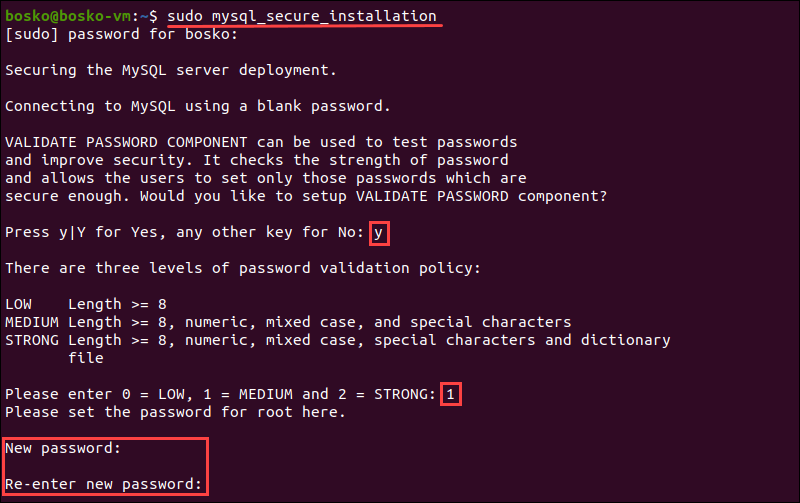

Loaded: loaded (/lib/systemd/system/rvice enabled vendor preset: enabled)Īctive: active (running) since Mon 05:38:59 CDT 1min 52s ago Re-Enter MySQL root password Check MySQL ServerĪfter the installation of the MySQL server, run the following command to check the status MySQL server. This entry was posted in cookbook, debian, linux, mysql and tagged cookbook, debian, installation, linux, mysql by unai. Having ‘binlog_ignore_db’ is enough to exclude databases from replication BUT having ‘replicate_ignore_db’ as well will make things clearer since the databases that are being ignored will appear in both the ‘SHOW SLAVE STATUSG’ and ‘SHOW MASTER STATUSG’.

Replicate_wild_ignore_table = exampledb.cache% # Ignore all the cache* tables which have caused DUPLICATE If you want to ignore databases or tables you may use the following options: # Taking care of the auto-increment values (for multi-master replication)įor these changes to take effect, you would need to restart MySQL: Relay-log-index = iamalsounique98127-relay-bin # Unique log names (this prevents replication breaking upon hostname change :-) Log-bin-index = /var/log/mysql/mysql-bin.log Log_slow_queries = /var/log/mysql/mysql-slow.log These are some settings that I usually put on the /etc/mysql/my.cnf configuration file: # Here you can see queries with especially long duration

Open tables: 17 Queries per second avg: 5.571. # Start MySQL and check that everything is OK Ln -s /home/mysql/mysql-logs/ /var/log/mysql Mv /var/log/mysql/ /home/mysql/mysql-logs Now, stop MySQL, move the folders to the right location, reconfigure MySQL and start again: # Stop MySQL Open tables: 17 Queries per second avg: 26.000. Threads: 1 Questions: 78 Slow queries: 0 Opens: 23 Flush tables: 1 This is free software,Īnd you are welcome to modify and redistribute it under the GPL license This software comes with ABSOLUTELY NO WARRANTY. usr/bin/mysqladmin Ver 8.41 Distrib 5.0.51a, for debian-linux-gnu on i486 To check the status: /etc/init.d/mysql status This article describes how to move these two folders to ‘/home’ which is ideally mounted into another disk and has enough space to keep your database data and logs.įirst, I install the required apt-get packages as follows: apt-get update That may cause your database server system disk to get full, which is never a good idea. By default MySQL keeps them in the root mount point (i.e. While installing MySQL Server it is always good to keep in mind that the logs and data folders will potentially have a big size.


 0 kommentar(er)
0 kommentar(er)
